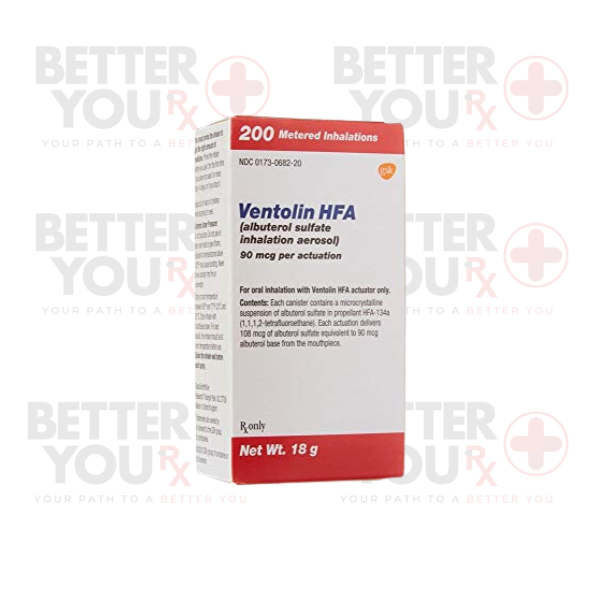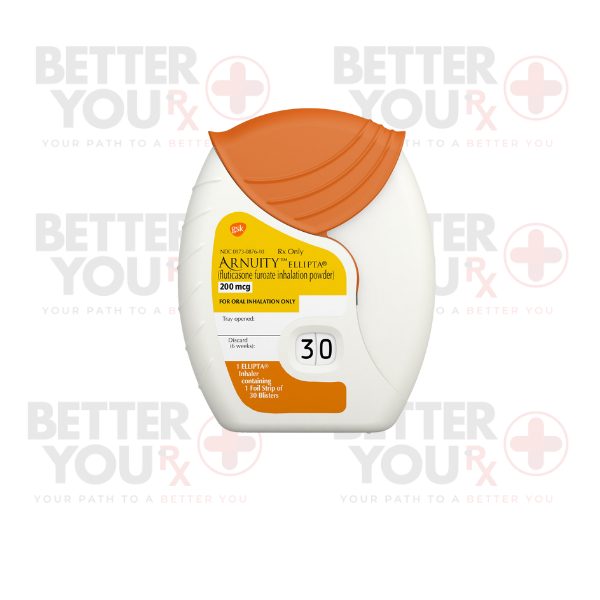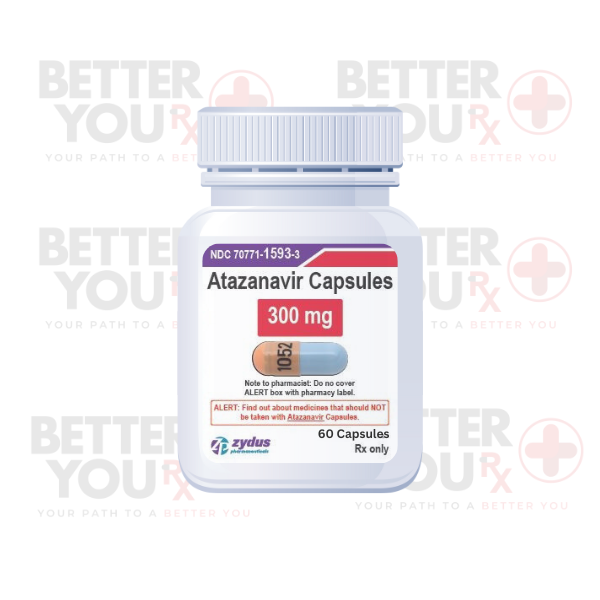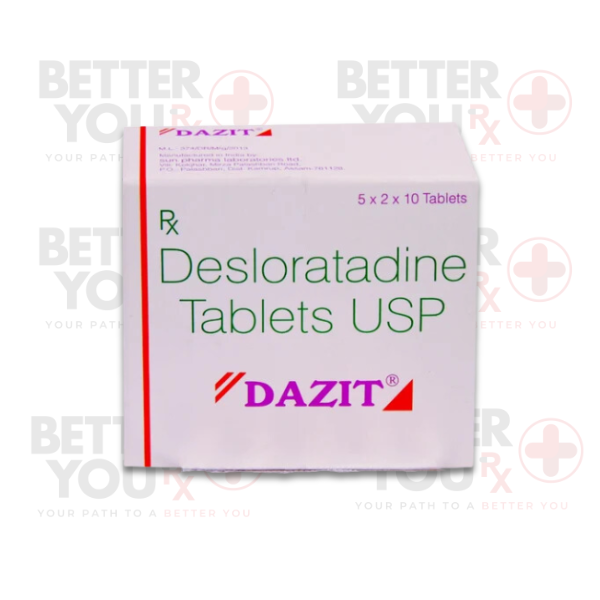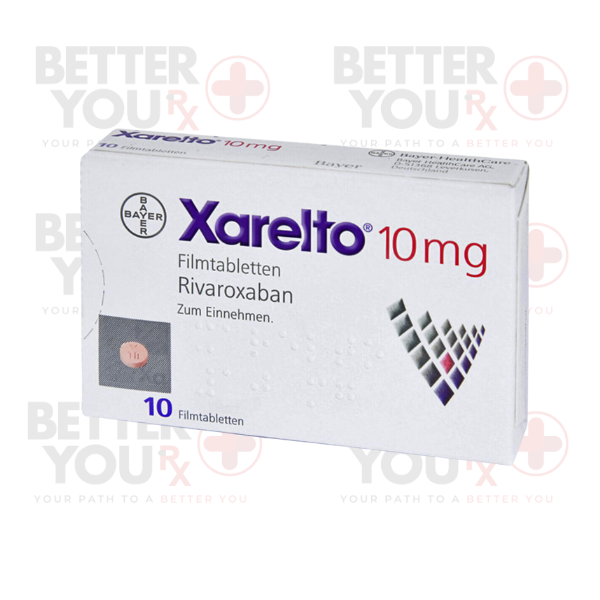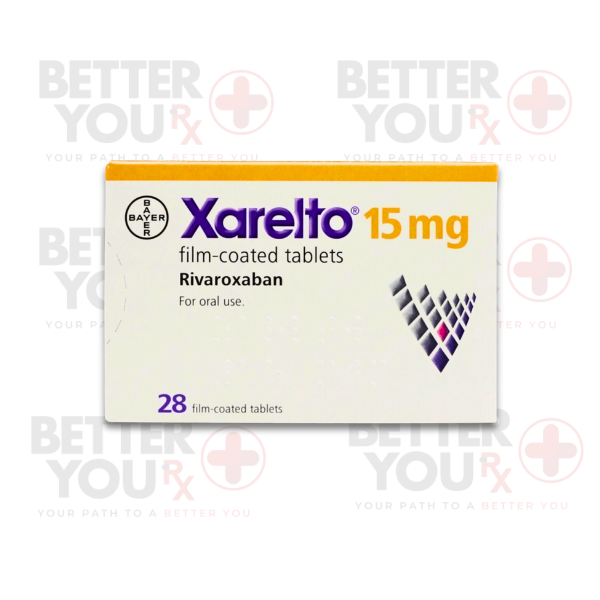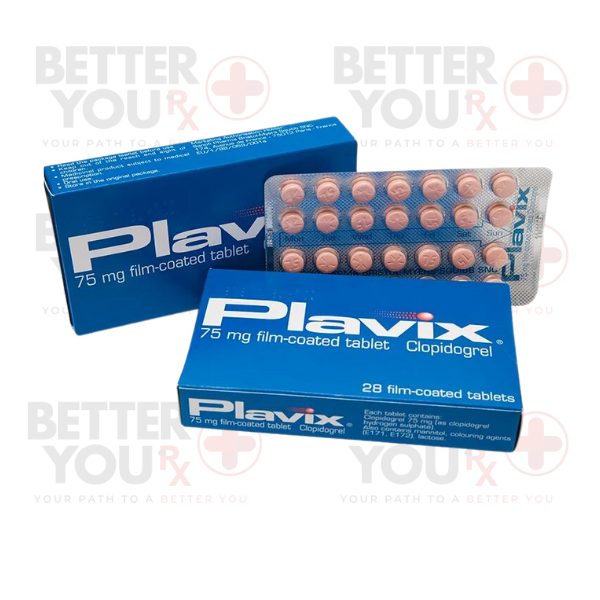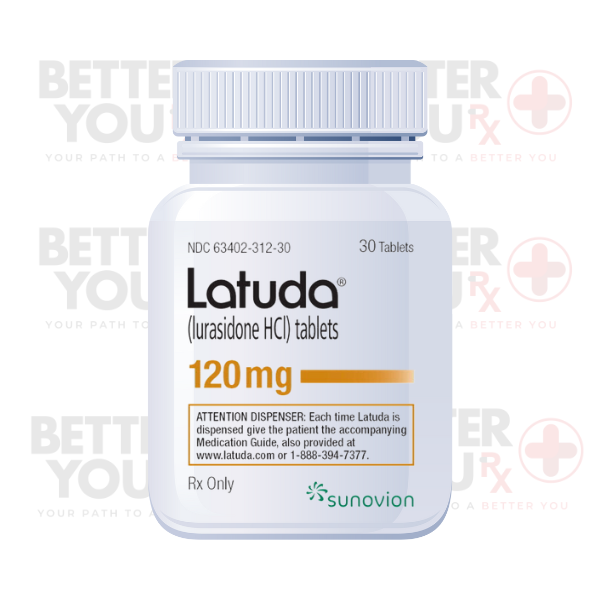| Usage |
Usage
Azilsartan is available in tablet form for oral consumption. Typically, it is taken once a day, whether with or without food. To facilitate consistent usage, aim to take azilsartan at approximately the same time each day.
Adhere meticulously to the instructions on your prescription label, and if any aspect remains unclear, don't hesitate to seek clarification from your doctor or pharmacist. Precisely follow your doctor's directives, avoiding both overconsumption and underconsumption. Azilsartan effectively manages high blood pressure but does not provide a cure. It may take around 2 weeks for you to observe the full benefits of azilsartan. Continue taking it even if you feel well, and refrain from discontinuing the medication without consulting your doctor.
If you need additional information, consider requesting a copy of the manufacturer's patient information from your pharmacist or doctor.
|
| Storage |
Storage
Store this medication in its original container, securely closed, and out of the reach of children. Keep it at room temperature and shield it from light, excessive heat, and moisture, avoiding bathroom storage. It's essential to safeguard all medications from children, as many types of containers, such as weekly pill organizers and those for eye drops, creams, patches, and inhalers, are not equipped with child-resistant features and can be effortlessly opened by young children.
To prevent accidental poisoning, always secure safety caps and promptly relocate the medication to a secure location, one that is positioned out of children's view and grasp.
Dispose of any unneeded medications in a manner that prevents access by pets, children, and other individuals. Avoid flushing this medication down the toilet, as it's best to utilize a medicine take-back program for disposal. Consult your pharmacist or contact your local garbage/recycling department to inquire about available take-back programs in your community.
|
| Special Precaution |
Special Precaution
Before initiating azilsartan therapy, it's essential to take the following precautions:
1. Allergies: Inform your doctor and pharmacist if you have allergies to azilsartan, any other medications, or any components present in azilsartan tablets. You can request a list of these ingredients from your pharmacist.
2. Diabetes and Aliskiren: If you have diabetes (high blood sugar) and are using aliskiren (Tekturna, found in Amturnide, Tekamlo, Tekturna HCT), your doctor will likely advise against taking azilsartan.
3. Medications and Supplements: Notify your doctor and pharmacist about all prescription and non-prescription medications, vitamins, dietary supplements, and herbal products you are currently using or planning to use. Specifically mention the following: angiotensin-converting enzyme (ACE) inhibitors like benazepril (Lotensin, found in Lotrel), captopril (Capoten, in Capozide), enalapril (Vasotec), fosinopril, lisinopril (in Prinzide, in Zestoretic), moexipril (Univasc, in Uniretic), perindopril (Aceon), quinapril (Accupril, in Accuretic, in Quinaretic), ramipril (Altace), and trandolapril (Mavik, in Tarka); aspirin and other nonsteroidal anti-inflammatory drugs (NSAIDs) like ibuprofen (Advil, Motrin) and naproxen (Aleve, Naprosyn), as well as selective COX-2 inhibitors like celecoxib (Celebrex); diuretics (water pills); lithium (Lithobid); and potassium supplements. Your doctor may need to adjust your medication dosages or closely monitor you for potential side effects.
4. Medical History: Inform your doctor if you have a history of heart failure, kidney disease, or liver disease.
5. Breastfeeding: If you are breastfeeding, discuss this with your doctor.
6. Postural Changes: Be aware that azilsartan may lead to dizziness, lightheadedness, and fainting, particularly when transitioning quickly from a lying position to standing. This effect is more common when initially starting azilsartan. To reduce the risk, rise from a lying position slowly and rest your feet on the floor for a few minutes before standing up.
7. Blood Pressure Drop: Diarrhea, vomiting, inadequate fluid intake, and excessive sweating can potentially lower blood pressure, resulting in lightheadedness and fainting. If you experience any of these issues or develop them during your treatment, inform your doctor.
|


